Month: February 2025
The Regional Commander of New Territories South inspects Road Safety Patrol Annual Parade 2025 – Overall Champion
The Regional Commander of New Territories South inspects Road Safety Patrol Annual Parade 2025 - Overall Champion

What Can You Do If Your Child Is Afraid of Embarrassment?
- Post author By system
- Post date 01/02/2025

Parenting Tips
February 2025

Written by: Pang Chi Wah, Registered Educational Psychologist, New Horizons Development Centre
It is quite common for young children to become “shy kids” when they encounter strangers or find themselves in unfamiliar environments. How can parents help them break through this barrier and avoid hiding behind them every time they meet new friends?
Are Children Afraid of Strangers or Anyone?
In fact, shyness is a common experience for young children. They may not understand the motives or intentions of others, or they might feel scared in new environments. This is a normal reaction. Shyness is an inner psychological state, and parents should analyze their child’s reactions to different people to determine whether they are afraid of strangers or even shy around familiar faces.
If a child feels shy due to the unusual appearance or attire of strangers, or if they are in an unfamiliar environment with poor lighting or enclosed spaces, it is important to note that adults can also exhibit similar behaviors. Feeling shy or panicked in unfamiliar places or crowds is a normal reaction.
Gradual Exposure to Adapt to Environments and People
There are both extroverted and introverted children, as these are personality traits. Parents need to accept their child’s personality while also nurturing them to break through their limits. If a child remains shy for an extended period, it can hinder their exploration of the world, limit opportunities to enhance cognitive abilities, and reduce chances for social interaction and engagement in new learning experiences.
Parents should help their children gradually adapt to social interactions, moving from familiar to unfamiliar. Start with family members, then relatives, neighbors, friends, acquaintances, and finally strangers, slowly expanding the child’s social circle. Additionally, some children may not be afraid of facing others but may feel uncomfortable in certain unfamiliar environments. Parents should regularly take their children to different new places to expose them to new experiences, helping them learn to remain calm and increasing their social comfort zones. However, parents should not rush this process.

Developmental Issues Can Also Cause Shyness
Moreover, parents should be aware of potential developmental issues that might lead them to mistakenly perceive their child as shy, or that may actually be the root cause of their shyness. For instance, if a child has hearing development issues, their ability to respond to and receive sounds will naturally be poorer than that of a normally developing child. Similarly, if a child is nearsighted or farsighted, their inability to see clearly can lead to feelings of shyness. If parents do not recognize that this shyness stems from vision problems, they may mistakenly believe the child is simply more reserved, overlooking the real issue.
Additionally, issues such as sensory integration dysfunction, social barriers, and poor coordination between different sensory channels can also lead to similar behaviors in children. If parents are unable to identify the underlying problems, they should seek assistance from professionals to diagnose the root causes and address them promptly, greatly reducing the impact on the child.

Parenting Tips
February 2025

Written by : Doctor Hui Lung Kit
Child Psychiatry’s primary concern is to determine whether a child’s behavior is normal or abnormal, and whether it is normal or abnormal should be judged according to the rules of Child Developmental Psychology. But in reality, do parents have to get a bunch of books on child development and look at the textbooks to observe their children? This is a time-consuming and costly process. One of the simpler ways is to ask your child’s class teacher.
Have you ever heard of children moving up a grade every year, like going from Grade 1 to Grade 2, Grade 3 to Grade 4? But have you ever heard of teachers moving up a grade? Generally speaking, many teachers spend months and years teaching students at the same grade level. More experienced teachers may even spend over ten years teaching children of the same age. As a result, they may have interacted with hundreds of students of the same age over time.
Developmental assessments for children place significant emphasis on comparing them with their peers of the same age. By using a large sample size of data and employing statistical methods, a reference definition of normal and abnormal can be established. An experienced teacher, with ample teaching experience, already encompasses a substantial sample size within her own teaching practice. Based on this, she can determine what is considered normal and abnormal.
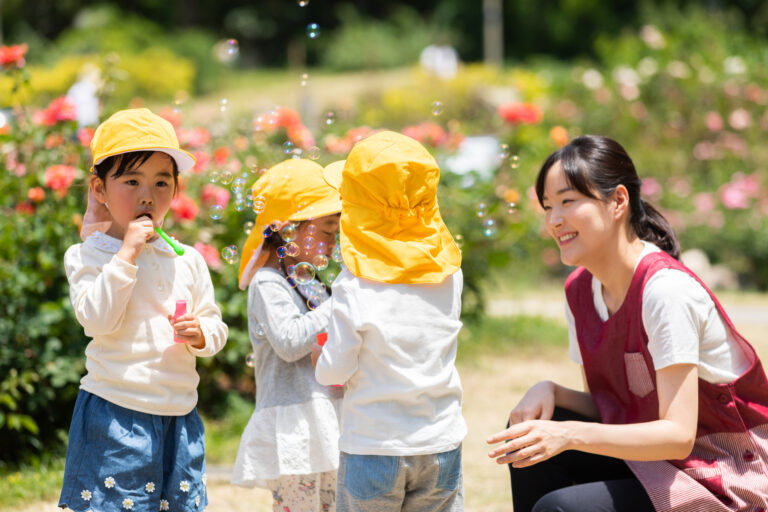
For example, let’s say in September this year, a class teacher is faced with a new class of 30 students in Grade 1. When assessing each individual student, the teacher unconsciously compares the current students with the same-age students they have taught in the past. If, through this comparison, the teacher senses something “off” or “peculiar” about a student, this feeling actually holds statistical significance! However, teachers themselves may not be aware of it.
Many parents have a significant lack of trust in schools and teachers. I have also observed some common blind spots in the evaluation process of schools and teachers (such as generally having more lenient behavioral standards for academically successful students). However, it is important to remember that parents only interact with their own 1 or 2 children on a daily basis, while schools and teachers deal with hundreds of students. When determining whether a child’s emotions and behaviors are normal or abnormal, the opinions of schools and teachers undoubtedly hold valuable reference points.
Small Training for Writing Skills
- Post author By system
- Post date 01/02/2025
- No Comments on Small Training for Writing Skills
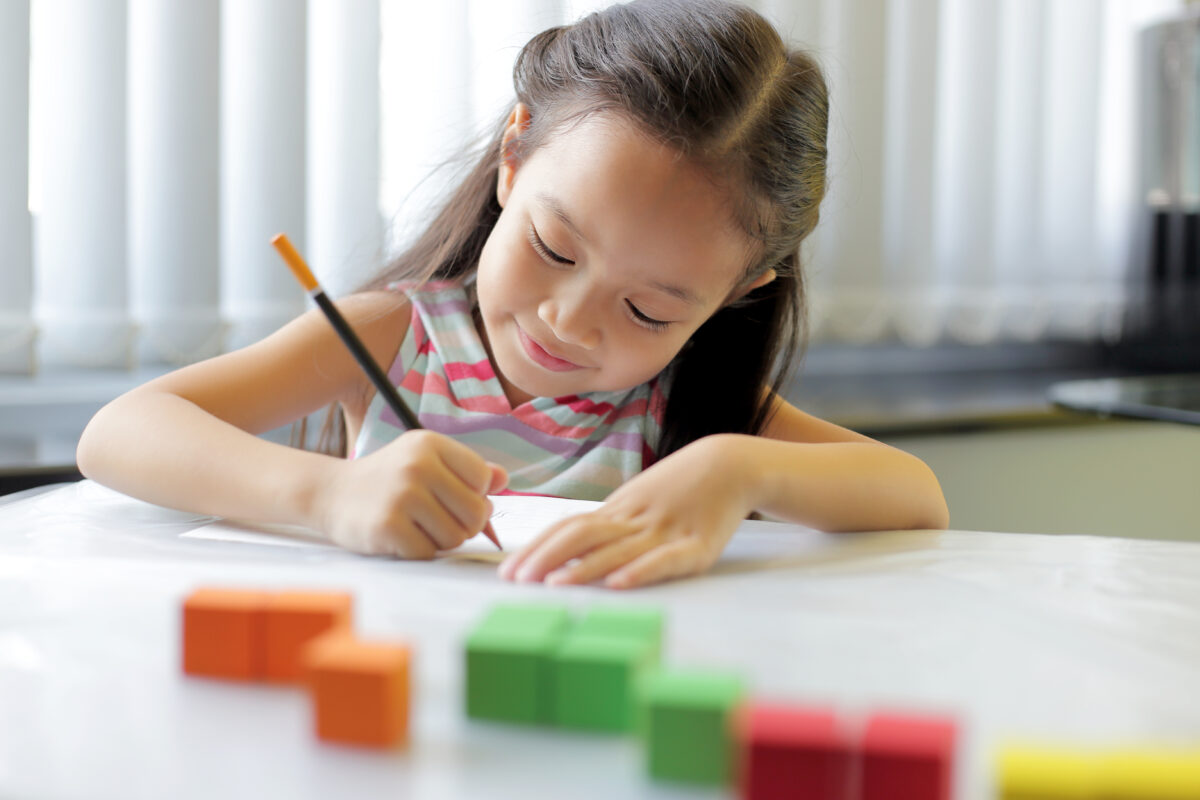
Parenting Tips
February 2025
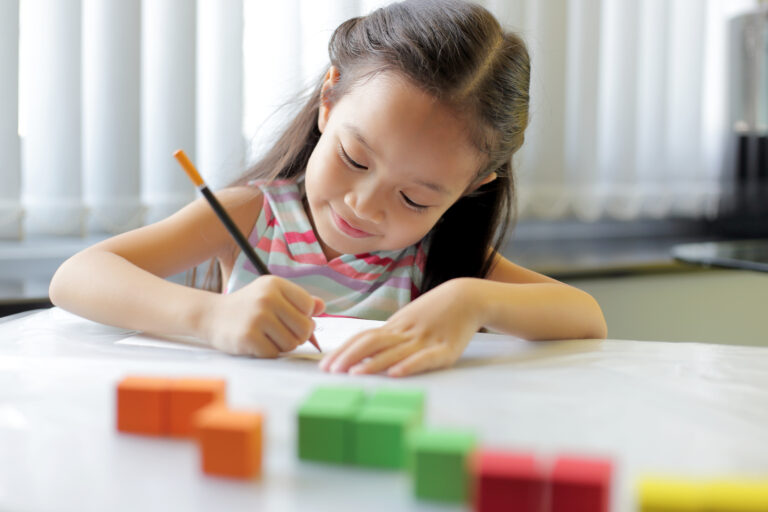
Written by: Child Psychological Development Association, Psychological Counselor, Mr. Ching Wai Keung
“His handwriting is always out of line; it always ‘flies’ all over the place!”
“He can’t even write within the boxes; he usually takes up two boxes for one character!”
“He often skips lines or spaces when writing!”
“It seems like he doesn’t apply enough pressure when he writes; his writing is so faint that it’s almost unreadable!
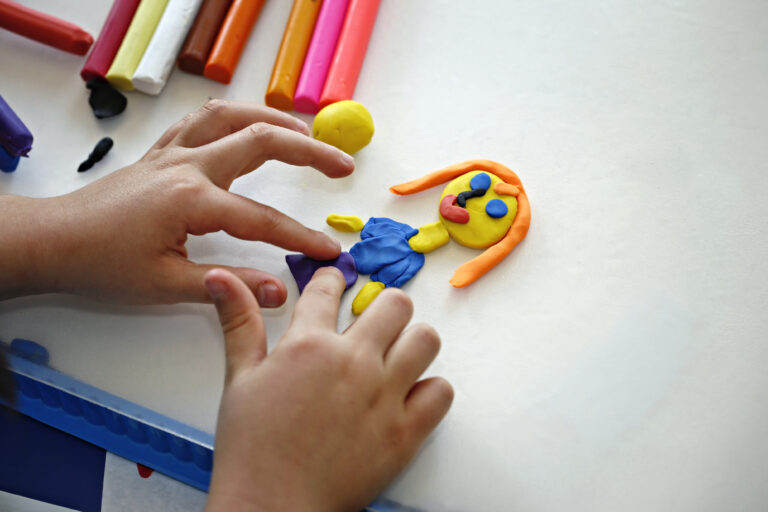
These comments reflect the experiences of many children learning to write in K2. When children write, they need to coordinate many abilities, the simplest being the strength and dexterity of their finger muscles (fine motor skills). If there is insufficient training in fine motor skills, children may struggle with writing or holding a pen effectively. So, how can parents address and train this? It’s simple: let them play with playdough, clay, and flour from a young age.
Secondly, visual-spatial awareness and eye control are also important for copying. General ball activities are excellent training options. Tracking a ball visually and then performing an action to catch (or kick) it is a natural and fun form of training. Additionally, games like “spot the difference” (finding the differences between two pictures) and maze games (first finding the way with their eyes and then connecting the dots with a pen) can also benefit eye control.
Hand-eye coordination is, of course, crucial in copying practice! Activities like tossing and catching beanbags, fishing games, pouring exercises, and cutting paper can greatly aid hand-eye coordination.
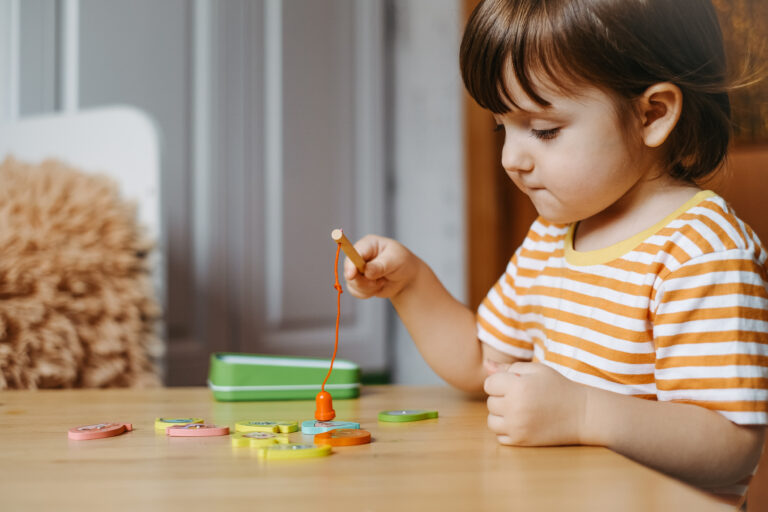
When should these games start? How long should they be practiced each day? In fact, parents can start playing these games with their children as soon as they understand and are able to play. Moreover, parents should base activities on the child’s willingness; when the child doesn’t want to play, parents should switch to another game instead of insisting on a set duration. My philosophy is that through daily play, children can acquire certain skills to prevent problems, rather than relying on remedial practice. Otherwise, even the best games can become tedious and unenjoyable, leading to more suffering than enjoyment!



